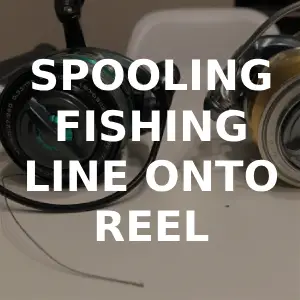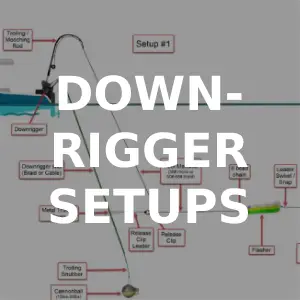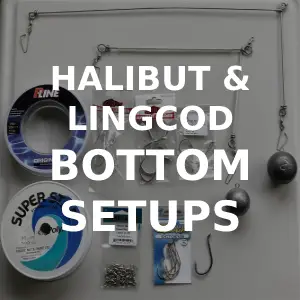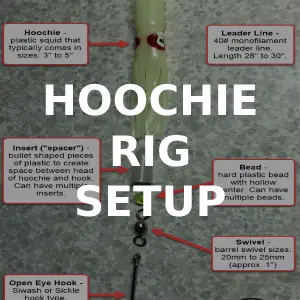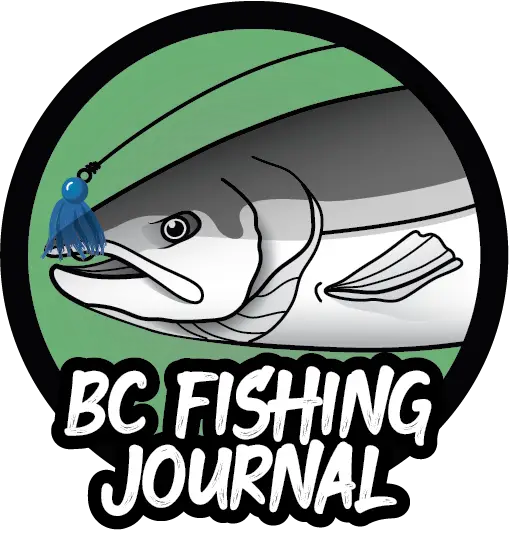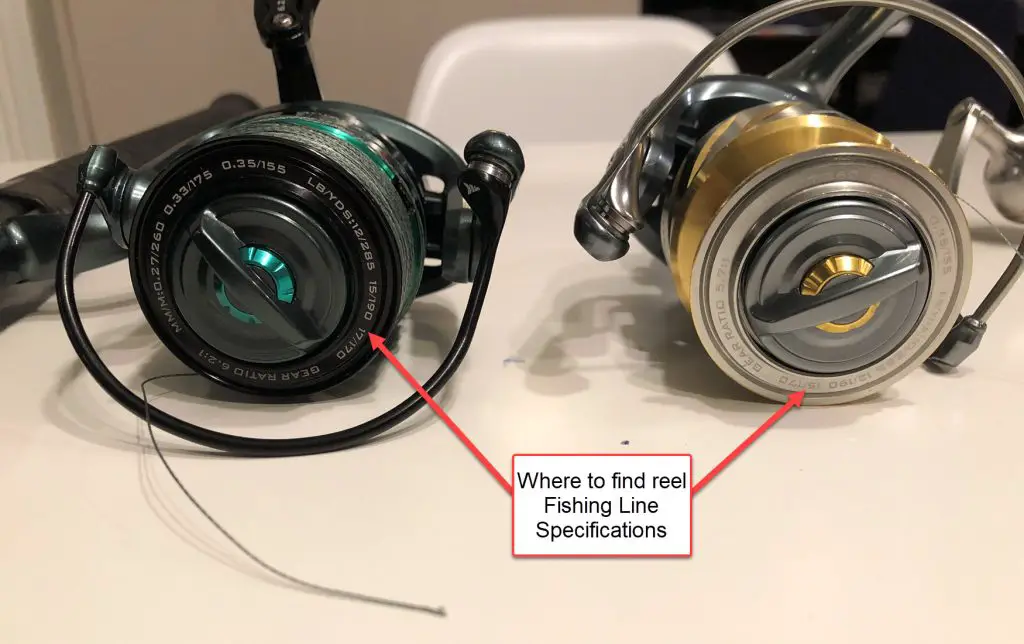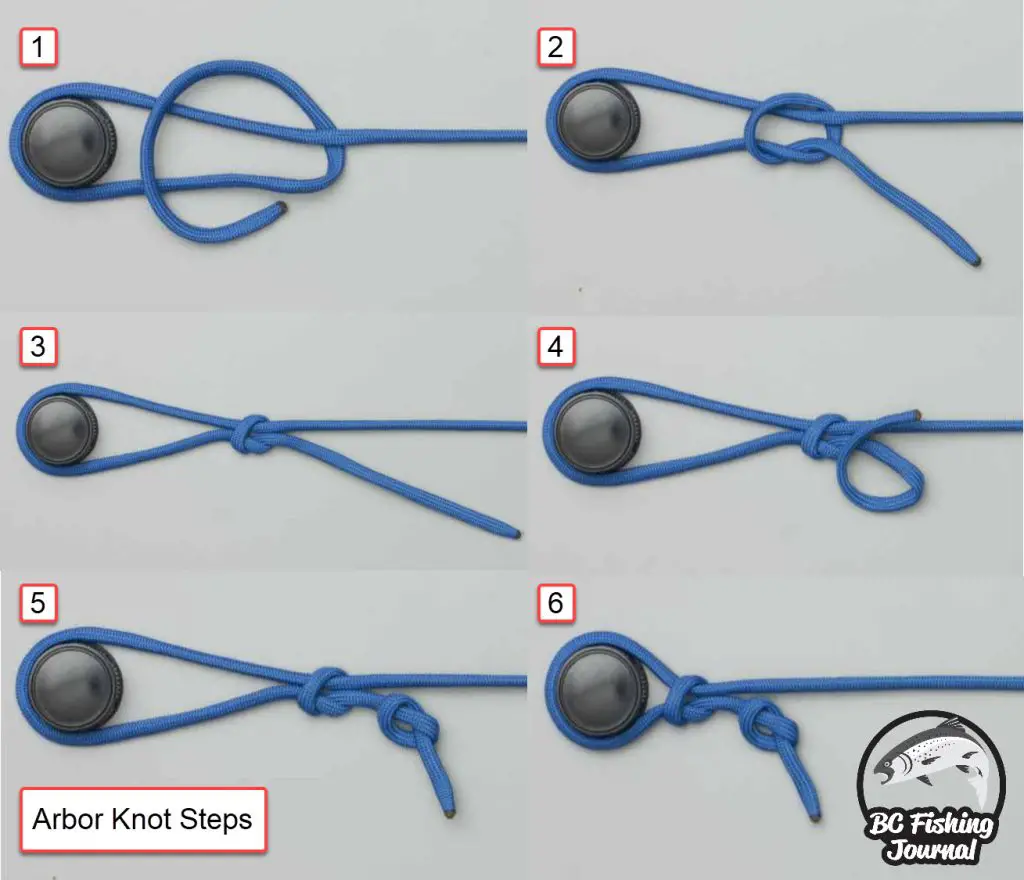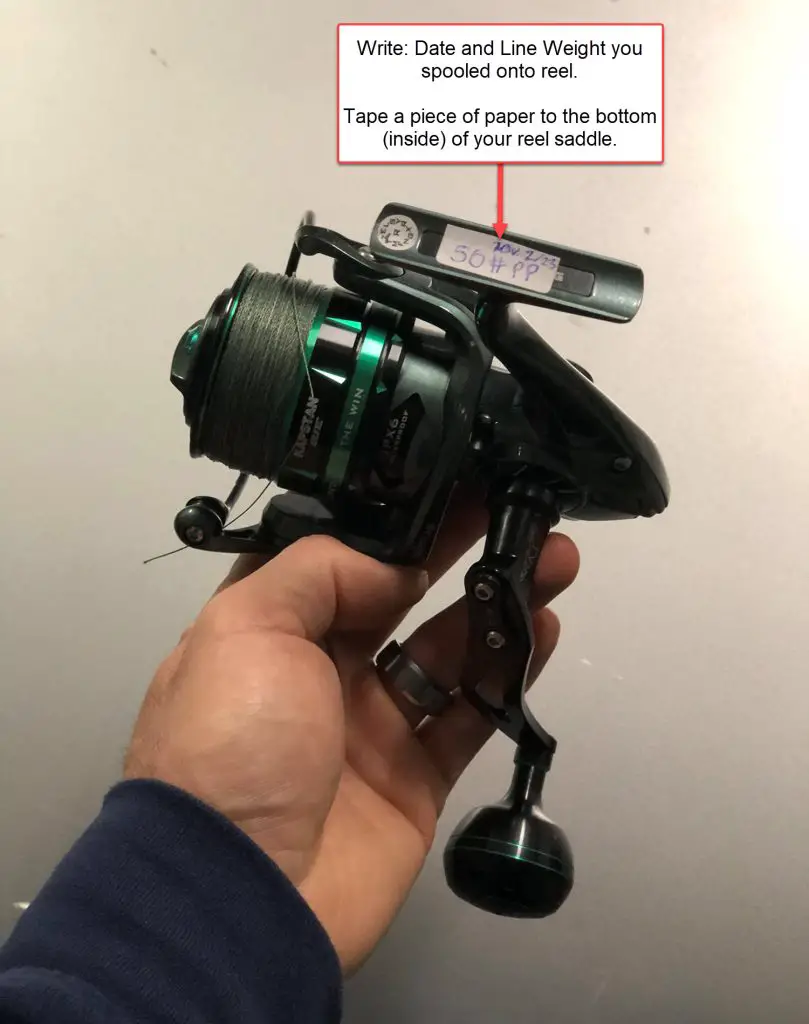How to Spool Fishing Line onto Reel
Need a quick guide on how to add your fishing line onto your reel? This article is perfect for beginners but also includes some great little tips for you fine aged anglers! Covering everything from the knots I use, a very helpful spooling tool (that works for both casting and spinning reels) and some of my favorite fishing lines. I hope it helps, feel free to contact me with any questions!
Avoid Line Slip with Electrical Tape
The first thing I like to add to the reel spool is small piece of electrical tape. Essentially, I take a 2-3 inch piece of electrical tape (size will depend on the size of the spool) and simply attach it onto the middle of your empty spool. This electrical tape eliminates “line slip”. Line slip happens when the entire spool of line slides on the spool so the line will come out without using the proper drag system. Not sure if that makes sense, but essentially to avoid the line slipping on your spool the tape acts as a sticking point or buffer for the line to be spooled over top.
Some reel spools will come with rubber inlays, rivets or other options to act as the sticking buffer so the fishing line sticks to spool. If the spool already has these built in you don’t need to add the electric tape, but I often add them anyway as I have had some fail, especially with braided lines.
Reel Specifications – Fishing Line Weight and Amount
Before starting off, you should ensure the fishing line your about to put on is the correct rating for the reel. Most reels will have these specs directly on it, and they look something like this: 8/175 – 10/155 – 12/135. The specs format is usually shown as line weight (pounds) / line length or amount (yards). All that said, I often put on heavier line that my reel is rated for, but I do this with experience with the reel and knowing what its capable of. If you’re uncertain or have a new reel, I’d suggest keeping within the reel specifications for the fishing line.
Tying Arbor Knot to connect Line to Spool
The next step is to attach your fishing line to the spool. A great knot to learn is the Arbor knot, which is simple and provides very little bulge or impact onto your spool when you spool over it. The arbor knot is essentially 2 basic over hand knots that run into each other. It’s not easy to explain a knot via text, so check out the next screen capture of the Arbor knot diagram and steps.
One reminder before tying this knot on a spinning reel, make sure the line that comes off the fishing line spool is correctly aligned under the reel bail so that once you tie your knot and reel it will correctly retrieve the line onto the spool.
Fishing Line Spooler Tool
A tool I often use is the Piscifun Line Spooler. It’s a tool that holds your spinning OR casting reel on one end and your fishing line on the other end. It makes adding line a lot easier by yourself as essentially the tool acts much like another set of hands holding the spool as it rotates.
Another great feature of this line spooler is the consistency at which the line gets put onto your spool. Meaning, it doesn’t bunch up the line on one side but maintains a consistent amount of line throughout the spool. It does this providing the right tension and guiding the line correctly based on the reel type. What I mean by that is, the tool allows the fishing line spool to spin or rotate based on the type of reel. Eg. spinning reel, the fishing line will flip and rotate, whereas a casting reel the line will simply spin forwards with no flip ensuring it’s going through the line guide correctly.
To see the tool in action, see the animated gif below of me spooling up a spinning reel with braided line.
Write the Date & Line Weight under Reel Saddle
If you’re like me you have far too many reels and rods and with that I often forget when I spooled the reel and what light strength I spooled it with! A great tip is to take a small piece of paper and write these:
- Date you spooled the reel
- Weight (line rating) of the line spooled
- Optional: How much line you spooled (e.g. 150 yards)
- Optional: Line brand spool
- Optional: Reverse used line = Y/N
I find this date information is the most helpful piece of information as I like to know how old my line is and could be ready for a change.
Also, I do like the spool amount as it may save me some money in knowing exactly how much I can spool onto reel (if it’s not well articulated on reel specs), I often use a higher braid weighted line than the specs display so having this little information is helpful.
Reusing Fishing Line
You might be wondering what the “Reverse used line = Y/N” bullet point means. Sometimes I’ve reused line by taking it off the spool and putting it back on except in reverse order. Meaning the line that was often in contact with the water will be the first on the spool (like the backing) and the line that was first on the spool will now be the line getting the most water action. I hope that makes sense. The pro of this is saving $ on fishing line, the con is the line can have some coiled line memory.
Wrap Up
Make sure not to put too much line onto your spool. You don’t want the line surpassing the spool sides as the line might twist or wrap on top of the spool and cause some issues later on. On some reels the spool will have a line on the spool that shows the stop point. Either way be sure to check the line specifications (see above) to ensure your not putting on too much or incorrect line.
I hope this fishing tip was useful. If you have any questions please reach out to me on my contact page – see my email there. Cheers! Jesse
Additional Tips
